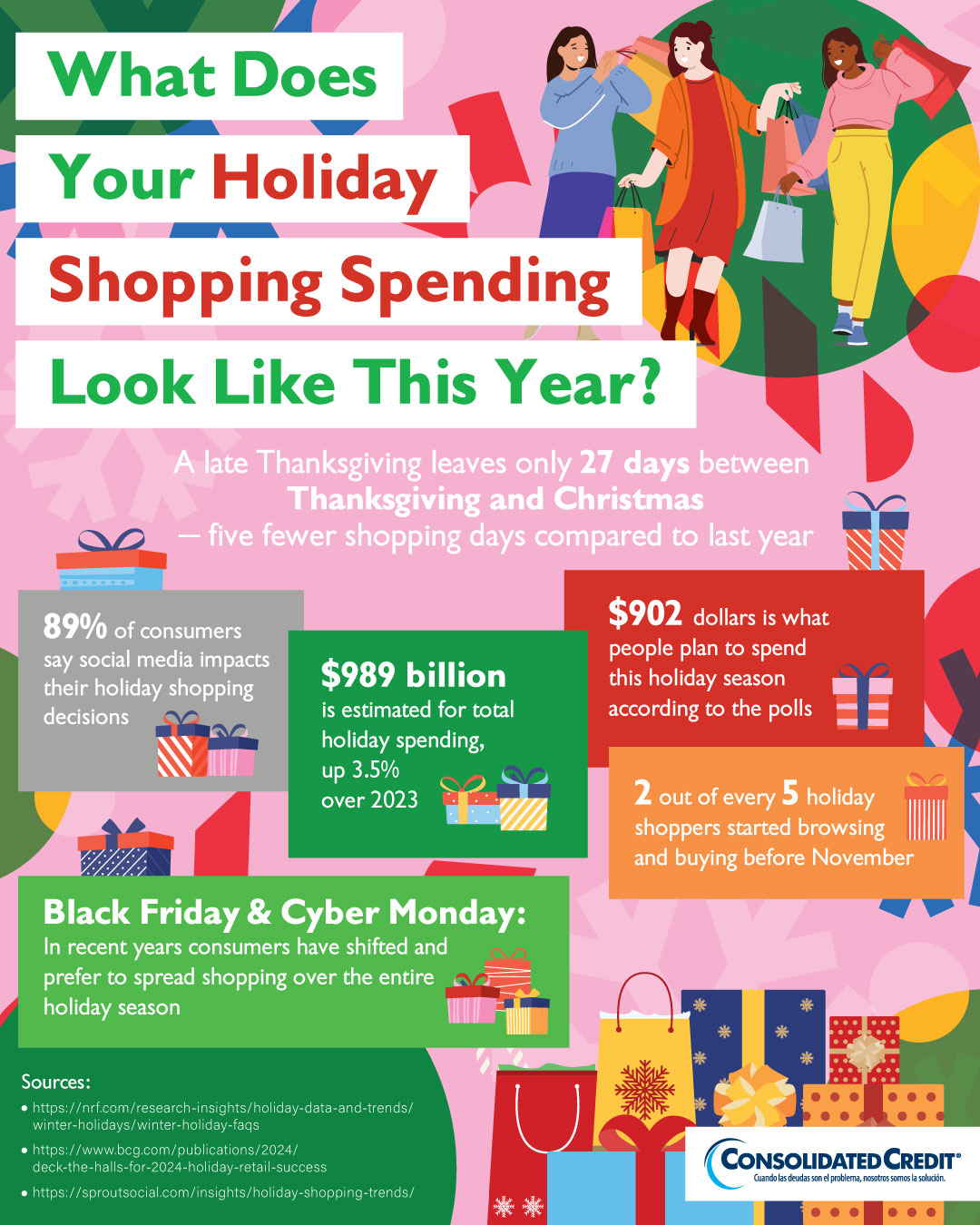How to ensure you get the best deals without busting your budget.
Thanksgiving weekend used to introduce the two biggest shopping days of the year. Fewer consumers will shop on Black Friday and Cyber Monday this year. If you do, here’s how to optimize your budget and score the best deals.


Credit card purchases should focus on low-interest
As mentioned in Secret No. 4, you can expect to spend up to 50% of your total holiday budget over the long weekend, which can be upwards of $400 depending on the size of your family. If your family is on a tight budget and those expenses go on credit, there’s a good chance that could be too much debt for you to pay back in a single billing cycle.
For this reason, if you can’t avoid using credit, you should put Thanksgiving weekend purchases on your credit card with the lowest interest rate. That way, if the debt can’t be paid back within the first month, there will be a lower rate applied to any debt that gets carried over. Check your most recent statements for the current rate on each credit card so you know which card to use Thanksgiving weekend.
Of course, your goal needs to be to pay off the debt as quickly as possible to minimize interest charges. Otherwise, the discounts you worked so hard to take advantage of on Thanksgiving weekend will be offset by added interest charges.
Take time for post-weekend financial wrap-up
Dropping so much cash over the weekend can put undue stress on your budget – either in this month if you used cash or debit or next month once your credit card bills come in if you charged your Thanksgiving weekend purchases.
Follow these steps to assess your finances following Thanksgiving weekend:
- Review all receipts and total up how much you spent.
- Separate credit card transactions from cash or debit transactions.
- Total up cash and debit transactions, and compare this amount to the free cash flow in your budget (the money not earmarked for necessary expenses) to make sure you still have funds to cover your bills and necessary costs for the rest of the month.
- Now total up your credit card transactions. If you followed the tip above, they should all be on your lowest interest credit card.
- Add those transactions to your current balance and then use a credit card debt calculator to see how much the added debt will increase your monthly payment in the next billing cycle – you can check your statement for the payment formula or just use 2.5% of the balance, since that’s the average for most cards.
- Make sure the bill increase won’t cause cash flow problems next month because it’s too high.
- If you see you’ve overcharged, call a credit counselor to review your debts and budget to see what can be done to help you regain control.
- If your budget isn’t tight, you can use the credit card debt calculator to make a plan to pay the debt you accrued off in the biggest chunks possible each month until the debt is eliminated.